Talk Overview
Steve Ross illustrates the components in the optical light path and how they need to be aligned to achieve proper 1) phase microscopy, 2) polarization microscopy, and 3) DIC microscopy.
Speaker Bio
Steve Ross
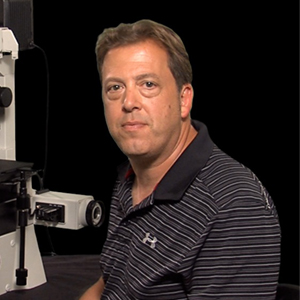
Stephen Ross is the General Manager of Product and Marketing at Nikon Instruments. He is also very involved in teaching microscopy at the Marine Biological Laboratory in Woods Hole and at the Bangalore Microscopy Course at the National Centre for Biological Sciences. Continue Reading
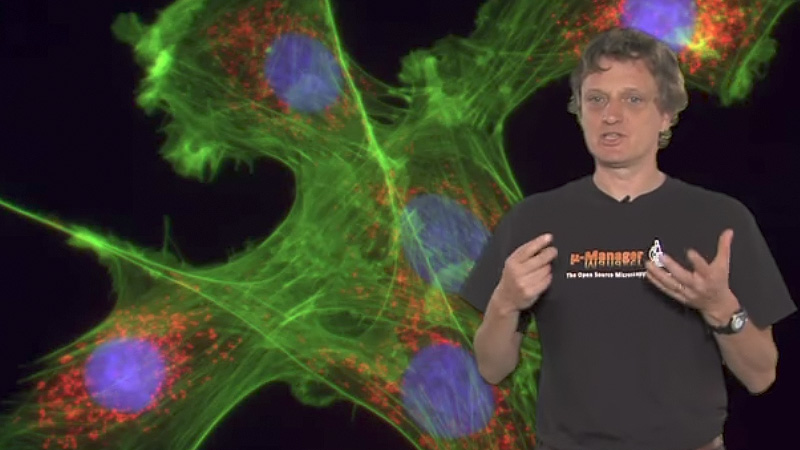
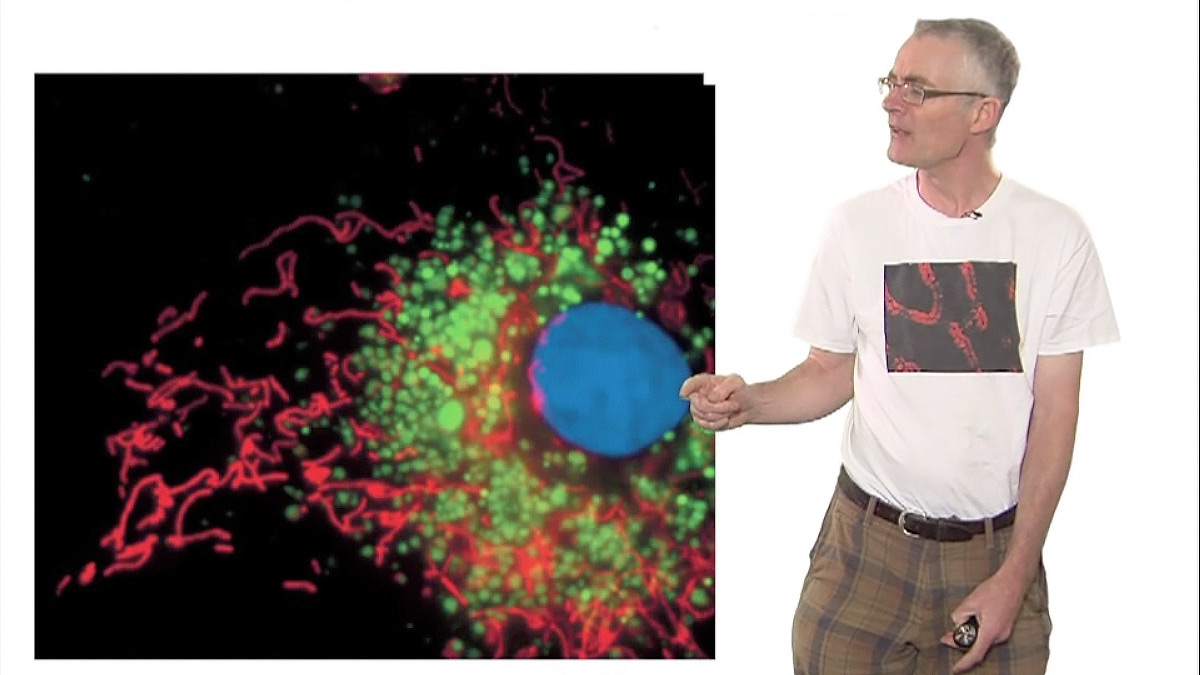
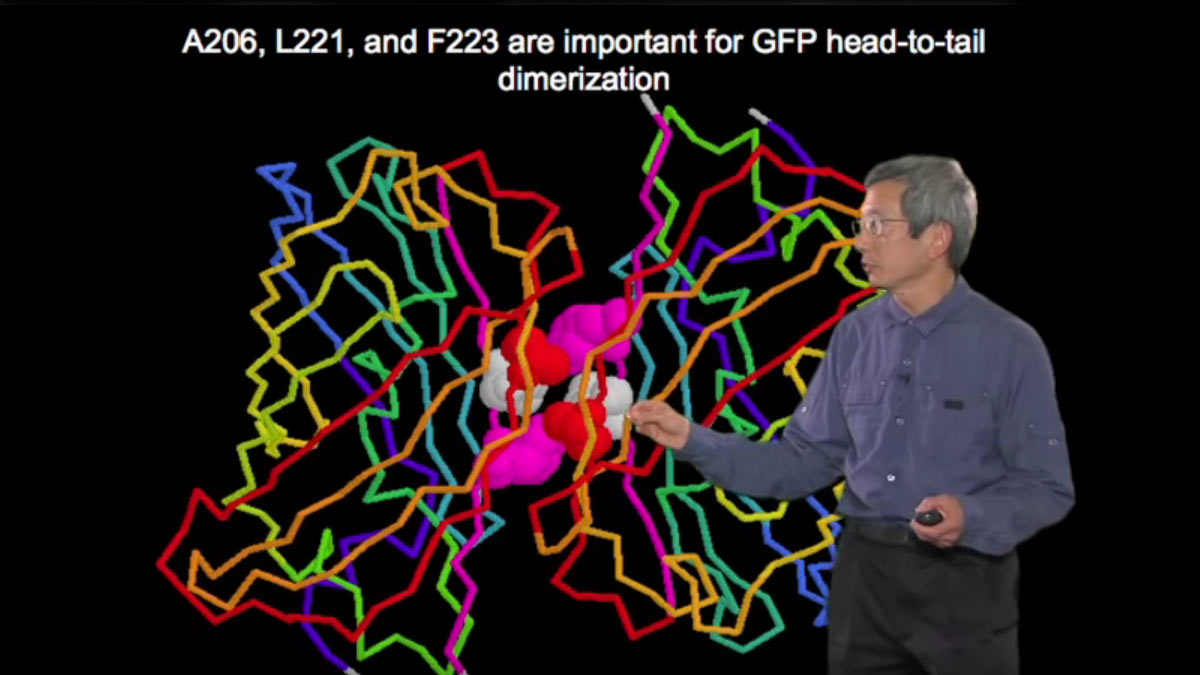
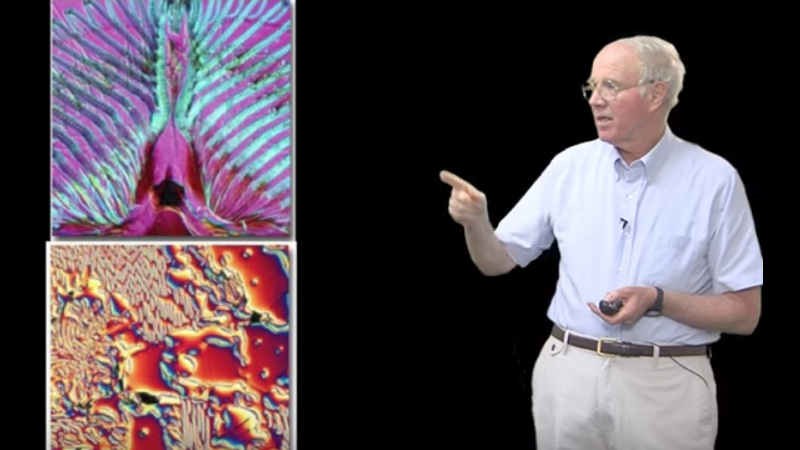




Leave a Reply